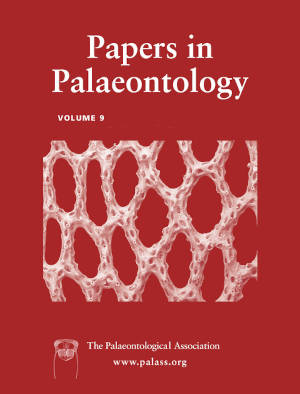Article: First Eocene–Miocene anuran fossils from Peruvian Amazonia: insights into neotropical frog evolution and diversity
Publication: Papers in Palaeontology
Volume:
9
Part:
6
Publication Date:
2023
Article number:
e1542
Author(s):
Olivier Jansen, Raúl Orencio Gómez, Antoine Fouquet, Laurent Marivaux, Rodolfo Salas-Gismondi, and Pierre-Olivier Antoine
DOI:
10.1002/spp2.1542
Abstract
Abstract Anurans are one of the most diverse vertebrate groups, particularly in Amazonia, where species richness exceeds that of anywhere else. Amazonian frogs belong to three main lineages (Hyloidea, Microhylidae and Pipidae), each of which diversified during the Cenozoic. However, due to the virtual absence of an anuran fossil record in that area, the evolutionary history of modern lineages has so far remained accessible only via molecular data. In recent decades, a series of field campaigns in Peruvian Amazonia led to the discovery of an unparalleled set of anuran bone fragments, scattered across different sites spanning the Eocene–Miocene time interval. Here, we describe these first Palaeogene and early Neogene anurans from Peru with a focus on humeral and ilial morphology, identifying five humeral and five ilial morphotypes. Humeral morphotypes suggest the presence of different lineages of Brachycephaloidea in Peruvian fossil assemblages, whereas ilial morphotypes suggest the presence of Leptodactylidae, although leptodactylid-like ilia also occur in some extant brachycephaloids. Pipids were also identified based on both humeral and ilial fragments. This study fills a major temporal and geographical gap in the evolutionary history of South American anurans, while further uncovering a lack of knowledge in the skeletal morphology of extant anuran families, as well as their inter- and intra-species variability.
